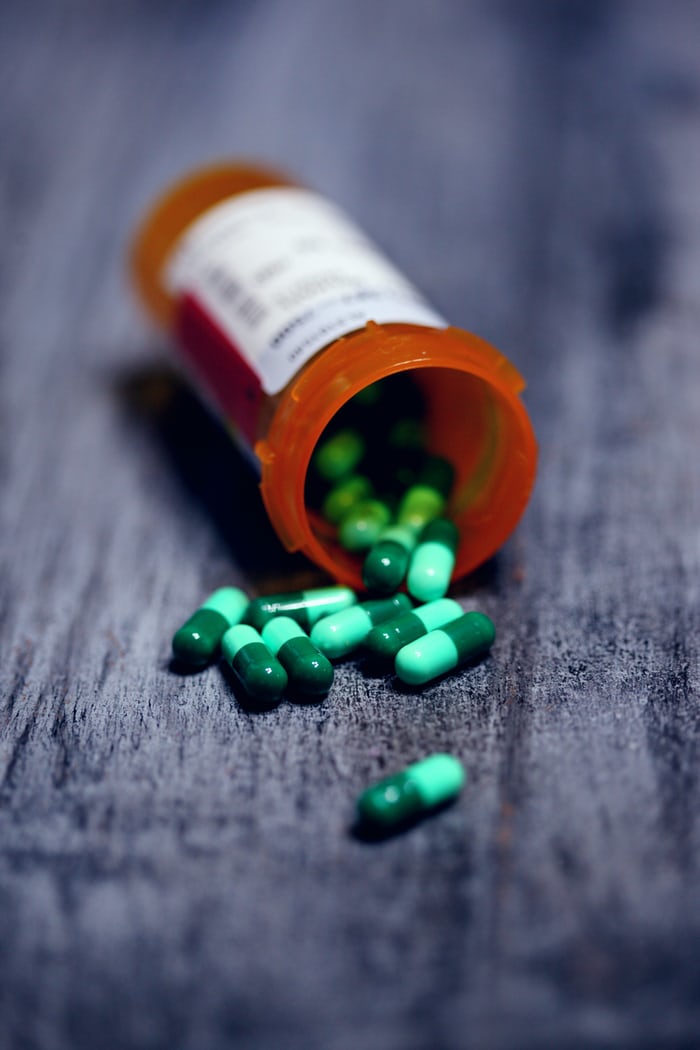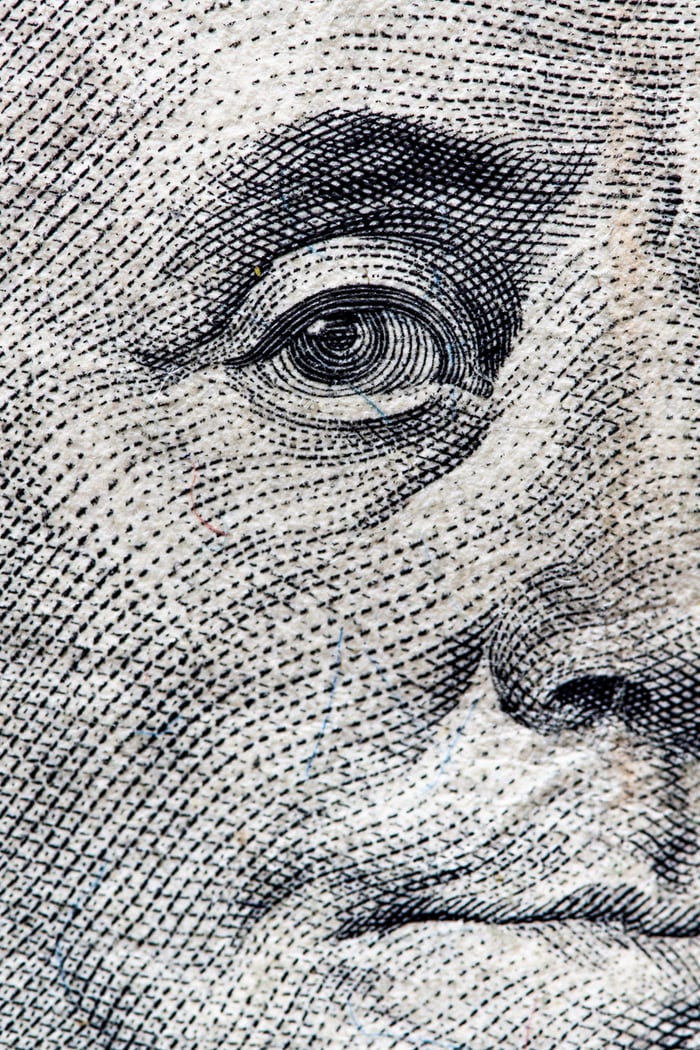In 2015, Turing Pharmaceuticals acquired the rights to the generic drug Daraprim (pyrimethamine) from its sole manufacturer and immediately raised its price from $13.50 a tablet to $750, an increase of 5,000%. Overnight, the annual cost of treatment for a potentially life-threatening parasitic disease rose to hundreds of thousands of dollars for some patients. An overwhelming public outcry resulted that boosted debate over the high cost of some drugs — especially once-inexpensive generics — an issue that has since grown to dominate the media, patient communities, and the political landscape.

Why have prices for certain generic drugs risen? In some cases, where the target patient population is very small, natural monopolies have formed due to the lack of profitability for multiple companies to engage in the drug’s manufacturing. With no competition, the sole remaining drug supplier can price that product more freely. Monopolies have also formed for drugs with larger markets when manufacturing-related or other technology issues leave only one company to make them. For other drugs — such as insulins – newer products frequently have performance benefits over older, more basic insulins which can justify a higher price. However, many producers raise prices in virtual lockstep, despite competition. As a result, an affordability crisis can occur, such as that affecting insulin today.
Healthcare providers, the US Congress, and several state legislatures are now beginning to act on strategies aimed at keeping important generics affordable.
Civica Rx, a company founded in 2018 to address the high cost of generic drugs used by hospitals, has teamed with major insurer Blue Cross Blue Shield (BCBS) to launch a new venture aimed at lowering prices for generic drugs purchased primarily by individuals. The venture seeks to produce 7-10 inexpensive generics starting in 2022, either directly or using contract manufacturers. While they have yet named the specific drugs to be made, BCBS plans to invest $55 million in the effort. The drugs do not need to be profitable for the venture; they are able to take a financial loss on sales or on the cost of the drug’s production, because BCBS will ultimately save money that they would otherwise need to spend on costly insurance claims.
On the federal legislature side, the CREATES Act, which has recently been signed into law, is intended to facilitate generic drug makers’ purchasing of samples of the branded drugs they are seeking to copy. Such samples are needed by generics manufacturers to make sure their lower-cost equivalent is identical to the branded product. Some drug manufacturers had claimed that drug distribution restrictions in the US FDA-mandated Risk Evaluation and Mitigation Strategy (REMS) for their product prevented them from providing the samples. A REMS is a drug safety program that the FDA can require for certain medications with serious safety concerns to help ensure that the drug’s benefits outweigh its risks. Because a branded drug’s manufacturer and a company seeking to develop a biosimilar or generic version needed to agree on a single, shared REMS system for their products, this could potentially delay market entry of less costly drugs.
The CREATES Act enables a generics manufacturer to bring suit to obtain the necessary product samples if they have been unable to obtain them from the product license holder. The Act also enables a generics manufacturer to develop its own comparable REMS plan rather than sharing the plan developed for the branded drug, thus streamlining the process to make the generic drug available.
Proposals have also been put forward at the state and federal level to address the pricing and availability of affordable generic drugs. In January 2020, California Governor Gavin Newsome proposed a package of reforms that include making California the first state with its own generics drug label. If enacted, California would use its buying power to contract with existing generic manufacturers and gain exclusive, lower prices on certain products. It is yet unclear how many drugs would be affected or how they would be chosen if the proposal succeeds in the state legislature.

Other states are now seeking their own ways to lower prescription drug prices, with Vermont and Connecticut looking to increase transparency on how prices are set, and Florida considering a drug importation program to access less expensive drugs from Canada.
In addition, both Democrats and Republicans have shown support for allowing Medicare to negotiate drug prices with manufacturers, and Senator Elizabeth Warren has proposed a bill to enable the federal government to manufacture generics. The U.S. government has been in the drug-making business in the past, when during World War II it manufactured penicillin to ensure there would be adequate supplies at the battlefront.
A public manufacturing option for generic drugs could offer several benefits. It would allow the government to address temporary shortages due to natural disasters that cause prices to spike, such as the hurricane that devastated Puerto Rico, where many drug makers have manufacturing plants. A public manufacturing option could also loosen China’s domination on the generic drug supply and help ensure the quality of drugs on the U.S. market, in the face of the growing number of counterfeit products that enter the United States.